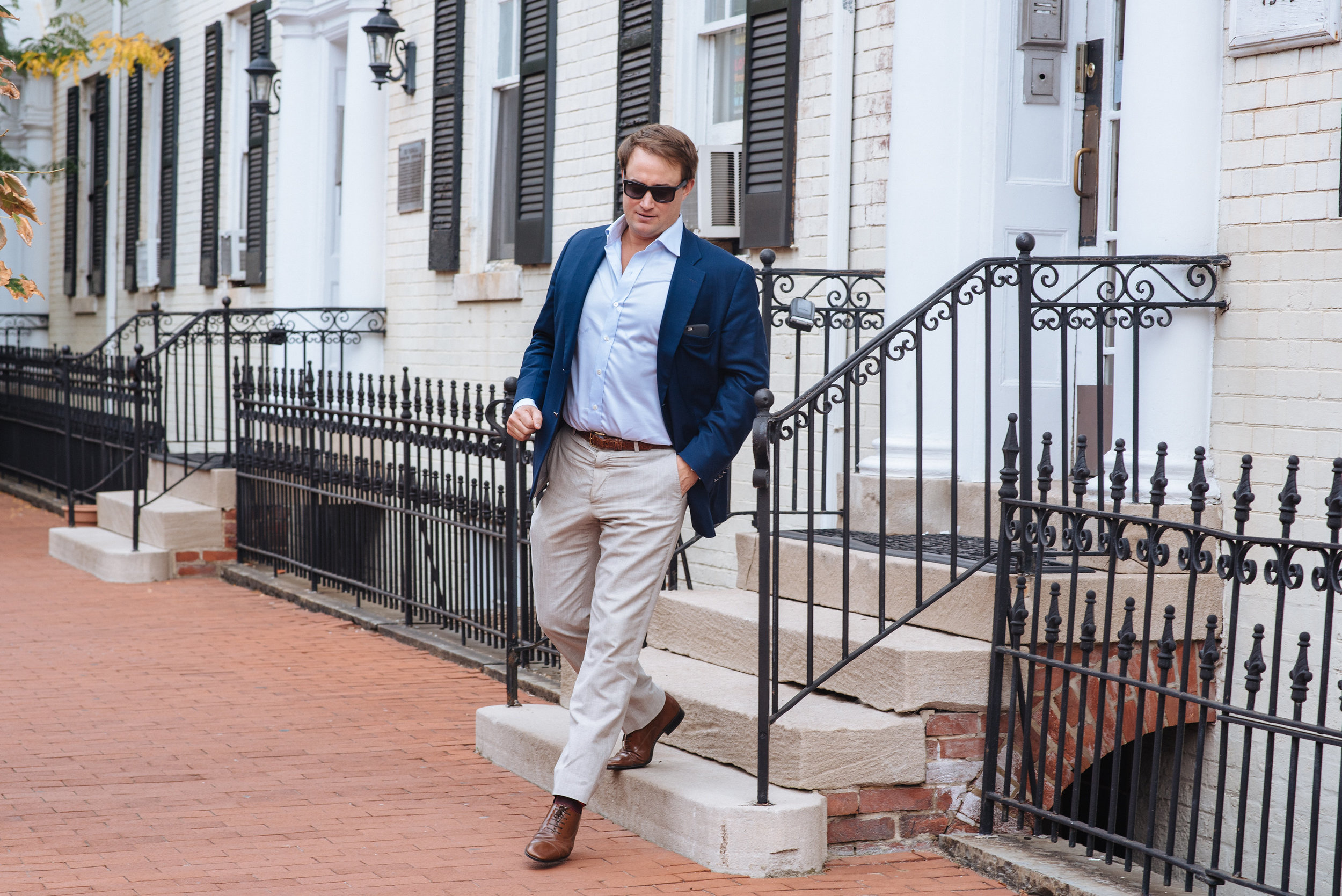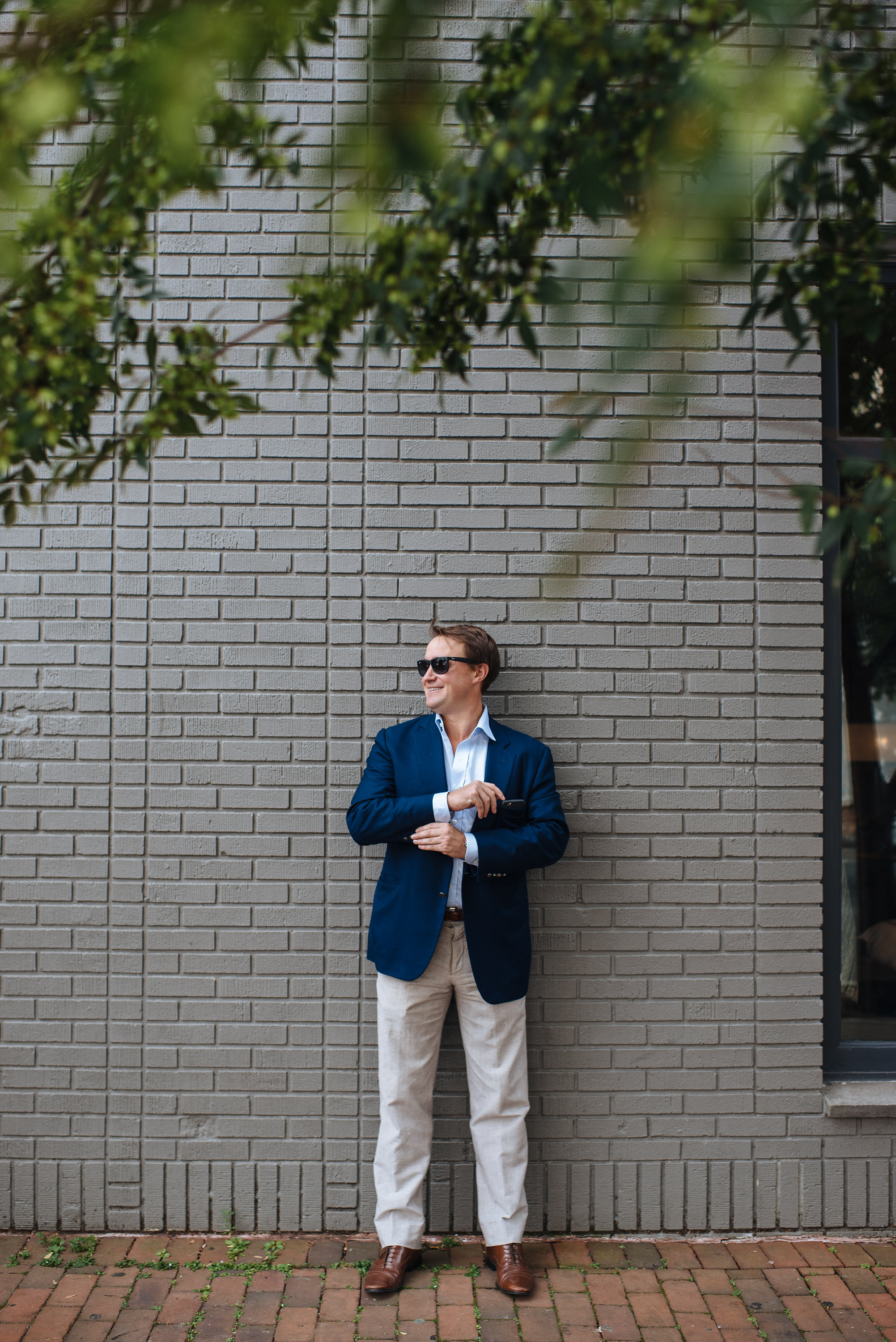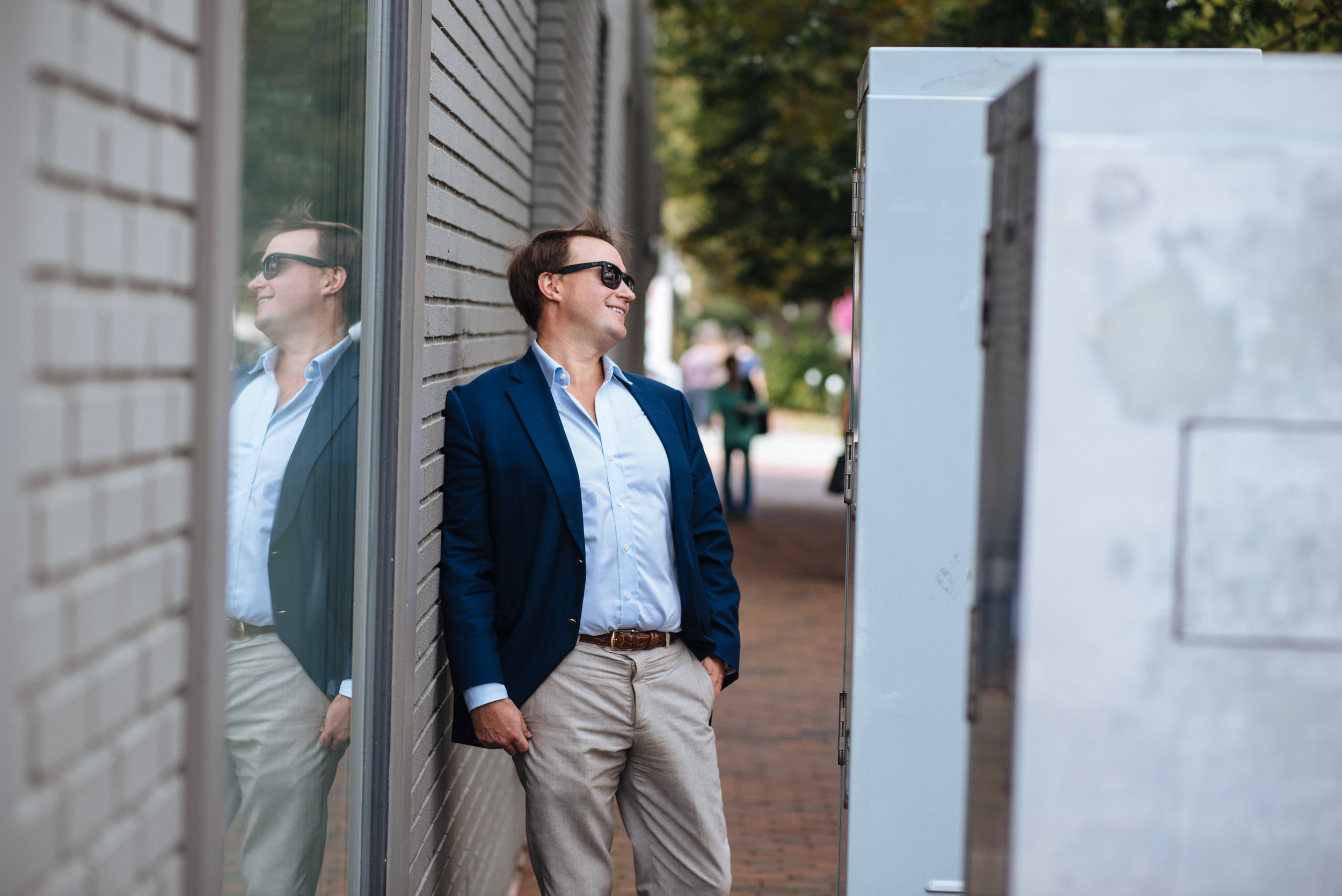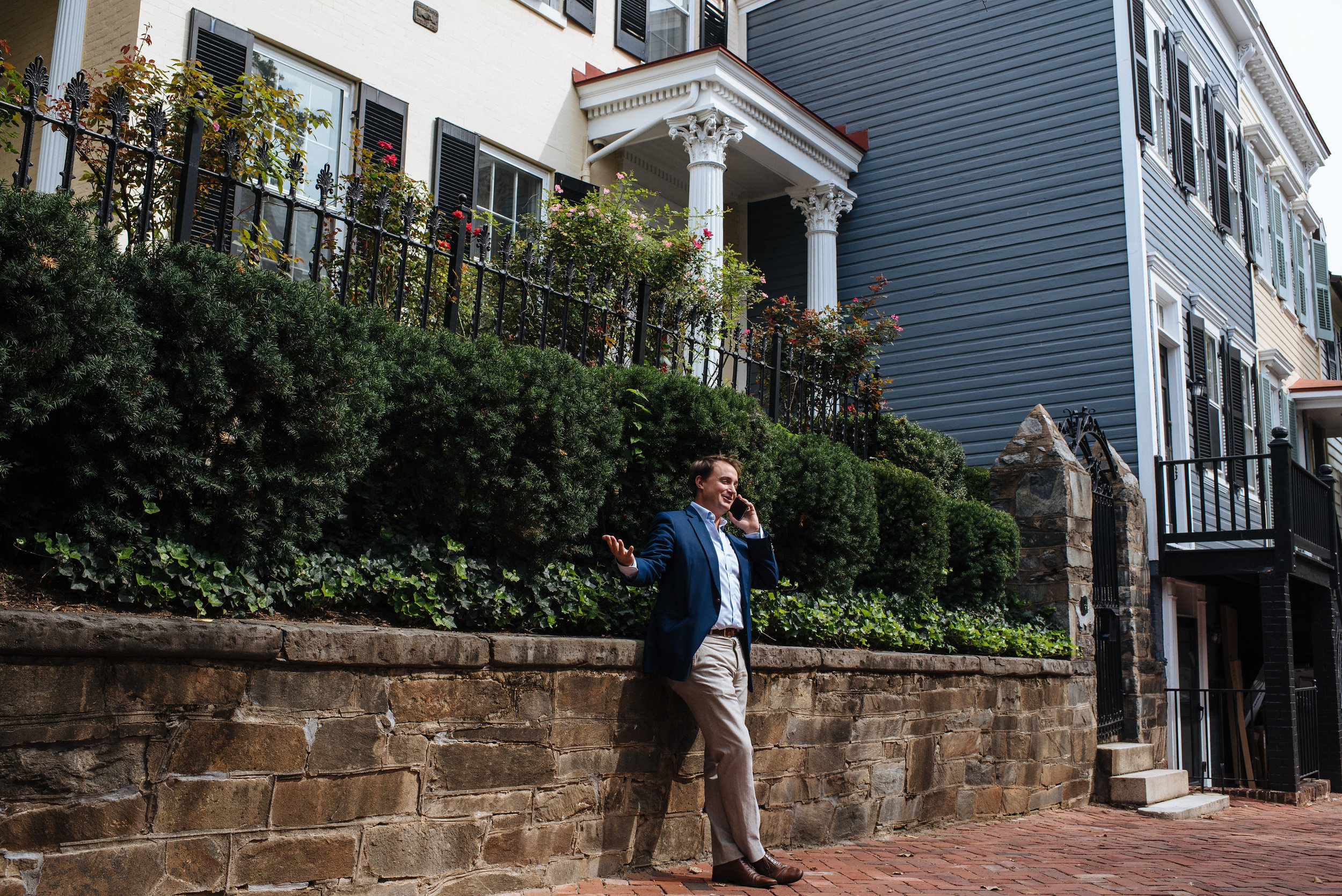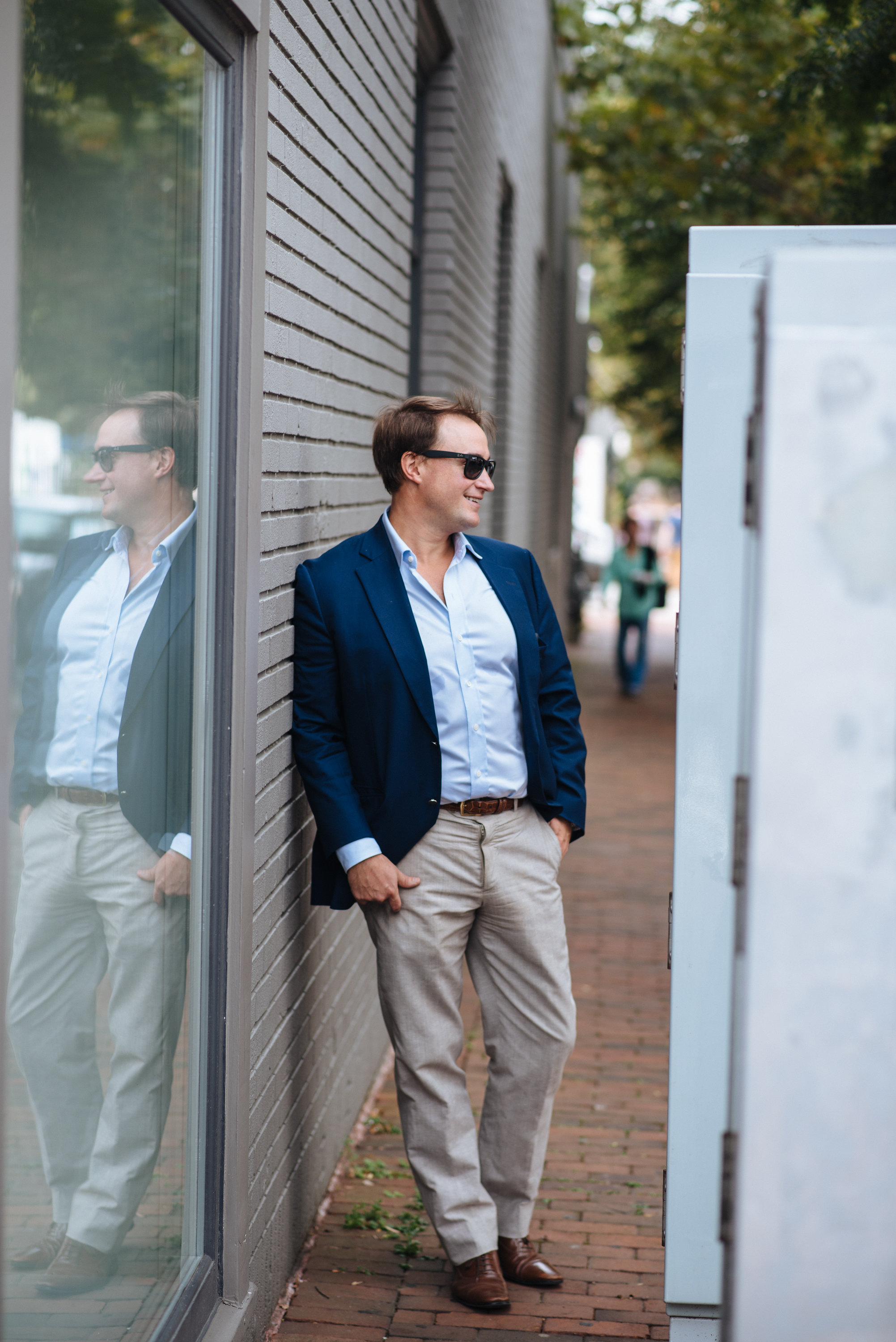‘I Still Think Georgetown Is the Strongest Market’
One block away from an ANC meeting on neighborhood crime, Rory Cameron’s father was shot in the leg. As attempted robberies go, it was arguably the most ironic.
‘He walks into the meeting and says, ‘This is a meeting on crime, and I have a crime to report. I was shot in the leg. They thought he was kidding. He came home that night and my mom freaked out when she saw his leg, but he was fine. It was the 80s, and crime was a lot worse in Georgetown. He made his point.’
Now 37, Rory has lived in Georgetown for 31 of those years, through all of the neighborhood’s ebbs and flows. His family lived on 3400 block of O Street by the former Sugar’s before moving to the East Village on the corner of 29th and N Street. It was there that Rory spent most of his childhood, during a time when DC was still uncharted territory for many suburbanites.
‘I went to Potomac School in McLean and the parents didn’t want their kids coming to our house because they thought Georgetown was dangerous. I remember that well.’
But for the Camerons, Georgetown was always home. Rory’s mother still lives on N Street, and his father was president of the Citizens Association of Georgetown (CAG). The neighborhood felt like a small town, where everyone knew each other.
‘I used to go with my father all the time to Hamburger Hamlet, which is now Ri Ra. And I had a lot of friends in the neighborhood. My parents were pretty lax and would let us go to Rose Park all the time. Some of my best memories were playing sports there, on the basketball court and the baseball field.’
When he was older, Rory became well-acquainted with the nightlife, too—a Smith Point regular in his younger days. Today, he’s as invested in Georgetown as ever—a broker for McCaffery Interests.
Rory spends most of his days networking and selling a commercial district that he knows inside and out. For his current project at 3220 Prospect Street, he put together a target list of 20 potential tenants McCaffery wanted to pursue, created a marketing package for each and set up meetings to educate retailers and restaurateurs on the market.
‘It’s a challenging market due to rent prices, but it’s the only neighborhood in DC that, if someone got off a plane from China at Dulles airport and you asked where they wanted to go, they’d know Georgetown. That’s huge, and it needs to be marketed more.’
The 3220 Prospect Street project will eventually be 30,000 square feet of retail, restaurant and potentially office space. Rory acknowledges that Georgetown needs more restaurants, but he’s confident they’ll come with this project.
‘Fiola Mare was a great addition to Georgetown, but it’s kind of out of the way. We’re going to bring new things to what I consider to be the heart of Georgetown. Café Milano is right across the street and it’s arguably the most successful restaurant in DC. Some food guys are scared to come to Georgetown, but old establishments like Café Milano and new projects like the Grace Street collective and Chaia show that if you have a great product, the neighborhood will deliver.’
Among his other projects, Rory is working on leasing the space at the Old Georgetown Theater, recently signed a short-term deal with Chubbies, and is responsible for the Wawa deal for the Restoration Hardware space on Wisconsin Ave.
‘I know some people weren’t happy with a Wawa, but at the end of the day, it brings people to Georgetown.’
Rory says he’d also love to see a high-end yet approachable grocer in Georgetown, akin to Union Kitchen and Compass Coffee. Overall, though, he’s thrilled with both the ways in which Georgetown has evolved—and the aspects that have never changed.
‘Aesthetically, Georgetown has seen modern improvements, but it mostly looks exactly the same, and that’s how it was designed. When you open a business or restaurant here, you know what you’re getting. It’s extremely walkable, and it’s unique, historic real estate. It’s not cookie cutter, and it’s not a mall. There’s a lot of competition out there now with Shaw and 14th Street and every other neighborhood, but I still think Georgetown is the strongest market.’
